RECREATION OF IMPERIAL DINNER
입력 2019.09.24 (15:32)
수정 2019.09.24 (16:45)
읽어주기 기능은 크롬기반의
브라우저에서만 사용하실 수 있습니다.
[Anchor Lead]
The imperial dinner of King Gojong of the Joseon Dynasty has been re-enacted for the first time in a century. The event features 17 royal dishes made of a vast array of ingredients including pheasant and mullet. Let's take a look at today's TADA Korea.
[Pkg]
Royal cuisine dating back more than a century has been re-created at a hotel in downtown Seoul. Chefs cook with extra care various festive delicacies that King Gojong of the Joseon Dynasty used to serve his guests. One of them is buckwheat noodles mixed with "alssam," or meat wrapped in egg omelet, topped with shredded meat. The re-enactment of the imperial banquet featuring 17 kinds of royal dishes began last week.
[Soundbite] LEE JI-SEON(STAFF AT IMPERIAL BANQUET RE-ENACTMENT) : "This event displays the menu of the welcome dinner organized at Jungmyeongjeon Hall on September 20, 1905, for Alice Roosevelt, the daughter of the 26th American President Theodore Roosevelt, when she visited the Korean Empire."
The dishes were prepared in accordance with traditional recipes found in the royal protocols such as "The Royal Protocol of the Banquet of Gojong" and "Korean Recipes" published in the early 20th century. They specially focused on studying the ingredients used in imperial cuisine.
[Soundbite] YOO JAE-DEOK(CHEF AT IMPERIAL BANQUET RE-ENACTMENT) : "We confirmed the ingredients through historic records in "The Royal Protocol of the Banquet of Gojong." We used apricot kernels and sand pears, which are not used commonly nowadays."
Food served at royal banquets and feasts is based on the philosophy of harmony. Extravagant decorations such as flowers made of paper or silk make the dishes stand out even more. The re-created banquet cuisine of King Gojong will be shown to the public through videos and photos until late November at the Seokjojeon Hall of Deoksugung Palace. The event also features menu books and kitchenware that were used at the royal court at the time. We now turn to Gyeongbokgung Palace of the Joseon Dynasty. One of its structures is a traditional-style cafe Saenggwabang, where desserts and snacks were made. Joseon monarchs were served five meals a day: early breakfast, breakfast, lunch, dinner, and late-night snacks. Lunch and late-night snacks often included desserts that were prepared in Saenggwabang.
[Soundbite] JEON KO-UN(OFFICIAL AT KOREA CULTURAL HERITAGE FOUNDATION) : "Saenggwabang of Gyeongbokgung Palace is offering a paid program for sampling royal medicinal teas and desserts prepared according to the Joseon royal protocols. The event will run through October 31. Visitors have shown positive response so far, as they can pick any desserts and teas that they like."
Visitors can sample rare royal desserts at ancient palaces this fall.
The imperial dinner of King Gojong of the Joseon Dynasty has been re-enacted for the first time in a century. The event features 17 royal dishes made of a vast array of ingredients including pheasant and mullet. Let's take a look at today's TADA Korea.
[Pkg]
Royal cuisine dating back more than a century has been re-created at a hotel in downtown Seoul. Chefs cook with extra care various festive delicacies that King Gojong of the Joseon Dynasty used to serve his guests. One of them is buckwheat noodles mixed with "alssam," or meat wrapped in egg omelet, topped with shredded meat. The re-enactment of the imperial banquet featuring 17 kinds of royal dishes began last week.
[Soundbite] LEE JI-SEON(STAFF AT IMPERIAL BANQUET RE-ENACTMENT) : "This event displays the menu of the welcome dinner organized at Jungmyeongjeon Hall on September 20, 1905, for Alice Roosevelt, the daughter of the 26th American President Theodore Roosevelt, when she visited the Korean Empire."
The dishes were prepared in accordance with traditional recipes found in the royal protocols such as "The Royal Protocol of the Banquet of Gojong" and "Korean Recipes" published in the early 20th century. They specially focused on studying the ingredients used in imperial cuisine.
[Soundbite] YOO JAE-DEOK(CHEF AT IMPERIAL BANQUET RE-ENACTMENT) : "We confirmed the ingredients through historic records in "The Royal Protocol of the Banquet of Gojong." We used apricot kernels and sand pears, which are not used commonly nowadays."
Food served at royal banquets and feasts is based on the philosophy of harmony. Extravagant decorations such as flowers made of paper or silk make the dishes stand out even more. The re-created banquet cuisine of King Gojong will be shown to the public through videos and photos until late November at the Seokjojeon Hall of Deoksugung Palace. The event also features menu books and kitchenware that were used at the royal court at the time. We now turn to Gyeongbokgung Palace of the Joseon Dynasty. One of its structures is a traditional-style cafe Saenggwabang, where desserts and snacks were made. Joseon monarchs were served five meals a day: early breakfast, breakfast, lunch, dinner, and late-night snacks. Lunch and late-night snacks often included desserts that were prepared in Saenggwabang.
[Soundbite] JEON KO-UN(OFFICIAL AT KOREA CULTURAL HERITAGE FOUNDATION) : "Saenggwabang of Gyeongbokgung Palace is offering a paid program for sampling royal medicinal teas and desserts prepared according to the Joseon royal protocols. The event will run through October 31. Visitors have shown positive response so far, as they can pick any desserts and teas that they like."
Visitors can sample rare royal desserts at ancient palaces this fall.
■ 제보하기
▷ 카카오톡 : 'KBS제보' 검색, 채널 추가
▷ 전화 : 02-781-1234, 4444
▷ 이메일 : kbs1234@kbs.co.kr
▷ 유튜브, 네이버, 카카오에서도 KBS뉴스를 구독해주세요!
- RECREATION OF IMPERIAL DINNER
-
- 입력 2019-09-24 15:28:48
- 수정2019-09-24 16:45:44

[Anchor Lead]
The imperial dinner of King Gojong of the Joseon Dynasty has been re-enacted for the first time in a century. The event features 17 royal dishes made of a vast array of ingredients including pheasant and mullet. Let's take a look at today's TADA Korea.
[Pkg]
Royal cuisine dating back more than a century has been re-created at a hotel in downtown Seoul. Chefs cook with extra care various festive delicacies that King Gojong of the Joseon Dynasty used to serve his guests. One of them is buckwheat noodles mixed with "alssam," or meat wrapped in egg omelet, topped with shredded meat. The re-enactment of the imperial banquet featuring 17 kinds of royal dishes began last week.
[Soundbite] LEE JI-SEON(STAFF AT IMPERIAL BANQUET RE-ENACTMENT) : "This event displays the menu of the welcome dinner organized at Jungmyeongjeon Hall on September 20, 1905, for Alice Roosevelt, the daughter of the 26th American President Theodore Roosevelt, when she visited the Korean Empire."
The dishes were prepared in accordance with traditional recipes found in the royal protocols such as "The Royal Protocol of the Banquet of Gojong" and "Korean Recipes" published in the early 20th century. They specially focused on studying the ingredients used in imperial cuisine.
[Soundbite] YOO JAE-DEOK(CHEF AT IMPERIAL BANQUET RE-ENACTMENT) : "We confirmed the ingredients through historic records in "The Royal Protocol of the Banquet of Gojong." We used apricot kernels and sand pears, which are not used commonly nowadays."
Food served at royal banquets and feasts is based on the philosophy of harmony. Extravagant decorations such as flowers made of paper or silk make the dishes stand out even more. The re-created banquet cuisine of King Gojong will be shown to the public through videos and photos until late November at the Seokjojeon Hall of Deoksugung Palace. The event also features menu books and kitchenware that were used at the royal court at the time. We now turn to Gyeongbokgung Palace of the Joseon Dynasty. One of its structures is a traditional-style cafe Saenggwabang, where desserts and snacks were made. Joseon monarchs were served five meals a day: early breakfast, breakfast, lunch, dinner, and late-night snacks. Lunch and late-night snacks often included desserts that were prepared in Saenggwabang.
[Soundbite] JEON KO-UN(OFFICIAL AT KOREA CULTURAL HERITAGE FOUNDATION) : "Saenggwabang of Gyeongbokgung Palace is offering a paid program for sampling royal medicinal teas and desserts prepared according to the Joseon royal protocols. The event will run through October 31. Visitors have shown positive response so far, as they can pick any desserts and teas that they like."
Visitors can sample rare royal desserts at ancient palaces this fall.
The imperial dinner of King Gojong of the Joseon Dynasty has been re-enacted for the first time in a century. The event features 17 royal dishes made of a vast array of ingredients including pheasant and mullet. Let's take a look at today's TADA Korea.
[Pkg]
Royal cuisine dating back more than a century has been re-created at a hotel in downtown Seoul. Chefs cook with extra care various festive delicacies that King Gojong of the Joseon Dynasty used to serve his guests. One of them is buckwheat noodles mixed with "alssam," or meat wrapped in egg omelet, topped with shredded meat. The re-enactment of the imperial banquet featuring 17 kinds of royal dishes began last week.
[Soundbite] LEE JI-SEON(STAFF AT IMPERIAL BANQUET RE-ENACTMENT) : "This event displays the menu of the welcome dinner organized at Jungmyeongjeon Hall on September 20, 1905, for Alice Roosevelt, the daughter of the 26th American President Theodore Roosevelt, when she visited the Korean Empire."
The dishes were prepared in accordance with traditional recipes found in the royal protocols such as "The Royal Protocol of the Banquet of Gojong" and "Korean Recipes" published in the early 20th century. They specially focused on studying the ingredients used in imperial cuisine.
[Soundbite] YOO JAE-DEOK(CHEF AT IMPERIAL BANQUET RE-ENACTMENT) : "We confirmed the ingredients through historic records in "The Royal Protocol of the Banquet of Gojong." We used apricot kernels and sand pears, which are not used commonly nowadays."
Food served at royal banquets and feasts is based on the philosophy of harmony. Extravagant decorations such as flowers made of paper or silk make the dishes stand out even more. The re-created banquet cuisine of King Gojong will be shown to the public through videos and photos until late November at the Seokjojeon Hall of Deoksugung Palace. The event also features menu books and kitchenware that were used at the royal court at the time. We now turn to Gyeongbokgung Palace of the Joseon Dynasty. One of its structures is a traditional-style cafe Saenggwabang, where desserts and snacks were made. Joseon monarchs were served five meals a day: early breakfast, breakfast, lunch, dinner, and late-night snacks. Lunch and late-night snacks often included desserts that were prepared in Saenggwabang.
[Soundbite] JEON KO-UN(OFFICIAL AT KOREA CULTURAL HERITAGE FOUNDATION) : "Saenggwabang of Gyeongbokgung Palace is offering a paid program for sampling royal medicinal teas and desserts prepared according to the Joseon royal protocols. The event will run through October 31. Visitors have shown positive response so far, as they can pick any desserts and teas that they like."
Visitors can sample rare royal desserts at ancient palaces this fall.
이 기사가 좋으셨다면
-
좋아요
0
-
응원해요
0
-
후속 원해요
0










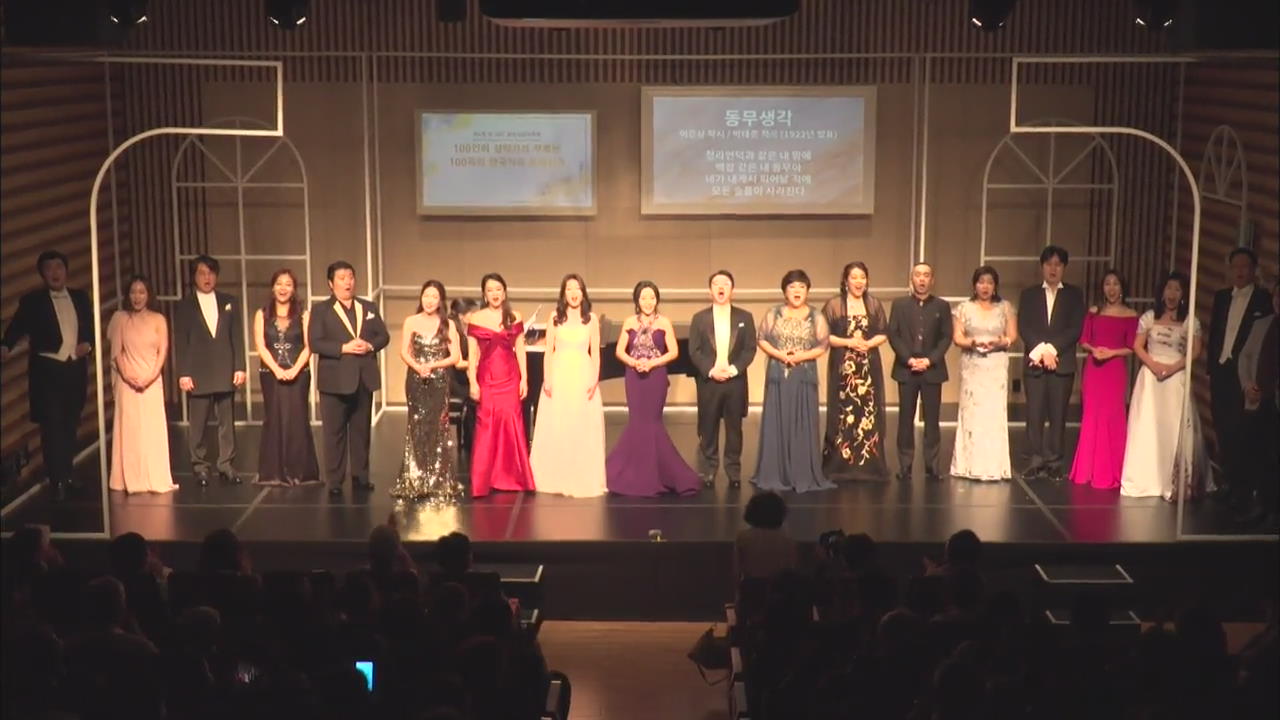
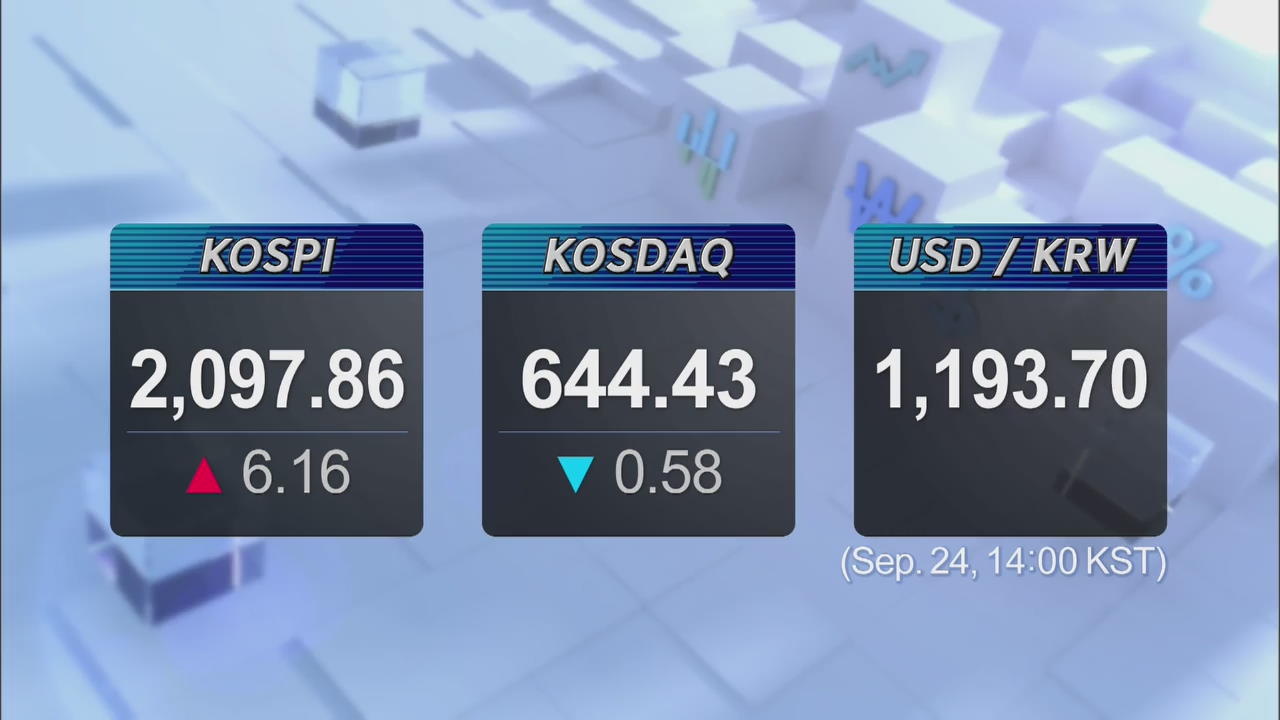
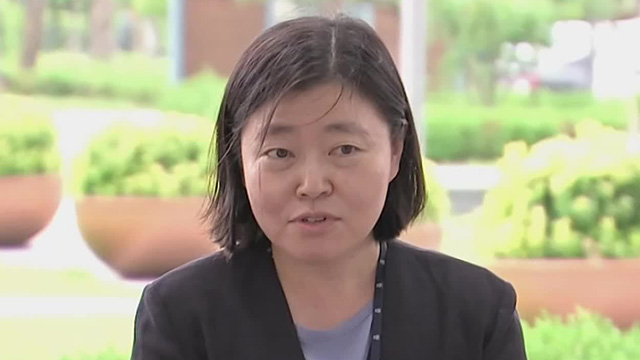
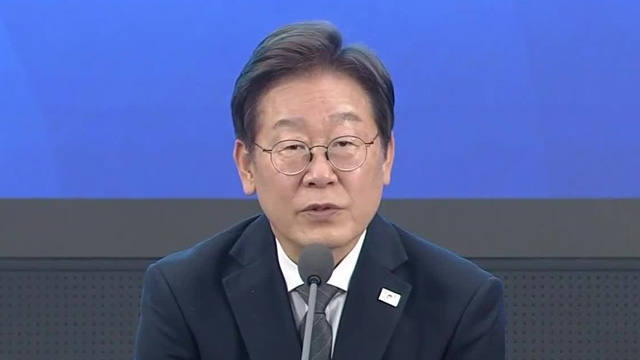
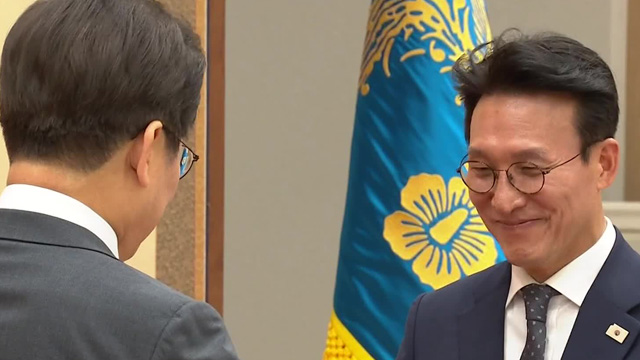
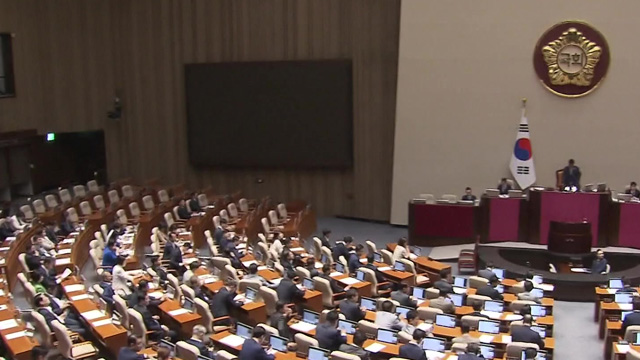

이 기사에 대한 의견을 남겨주세요.